Contributed by Frances Richards
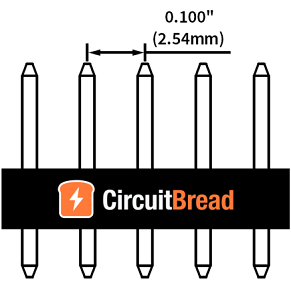
Knowing the connector pitch is vital to ensuring compatibility with the wire or cable being connected. When designing a circuit or purchasing either connectors or cables, the connector pitch must be specified to ensure a proper connection. First, let’s define pitch: A connector’s pitch refers to the distance measured from the center of one pin to the center of the next pin. Although it should be fairly straightforward, mating a connector to its other half (i.e., the wire or cable) can sometimes be confusing due to standards and descriptive terms being used interchangeably — or incorrectly.
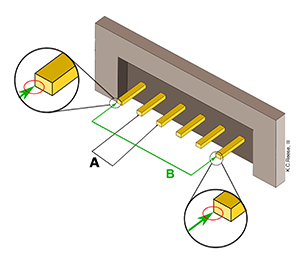
Two of the most widely used connector pitches include 0.1 in. (2.54 mm) and 0.05 in. (1.27 mm). Other commonly used pitches include 1.20 mm, 1.25 mm, 1.50 mm, 6 mm, 10 mm, 0.3 in., and 0.4 in. Many other specialized pitches are also available and can be similar in size, which is why it is extremely important to know the exact size being used. Datasheets and catalogs are helpful in selecting the right pitch. Finally, keep in mind another measurement that must be checked if there are multiple rows of contacts: The pitch between contacts in each row may be different from the pitch between rows. These two values are sometimes the same, but because they may vary, be sure to verify this distance for connectors that feature more than one row.


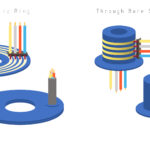
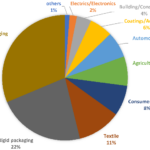
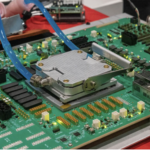

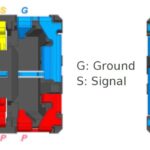
Leave a Reply
You must be logged in to post a comment.